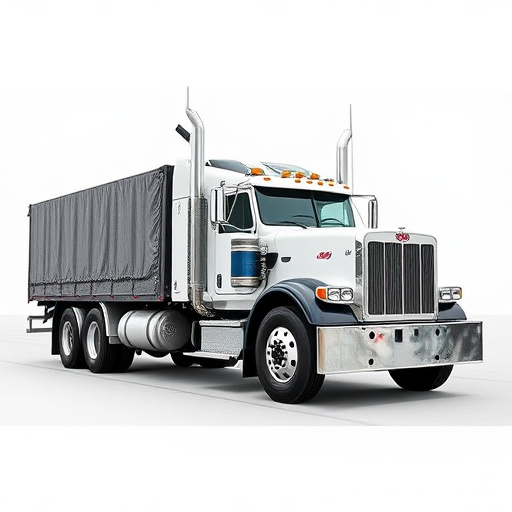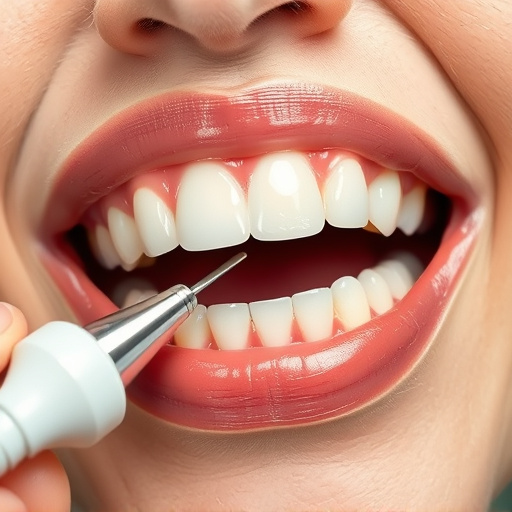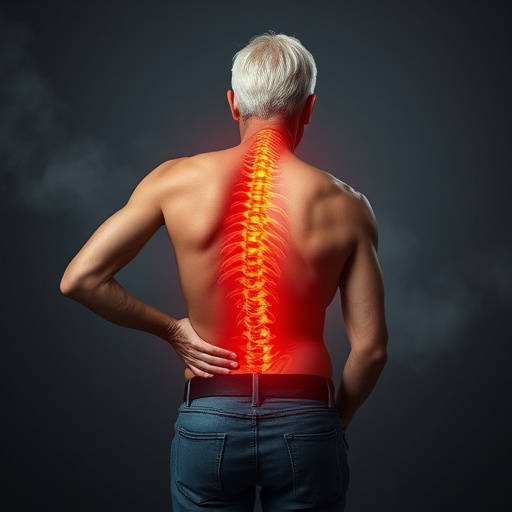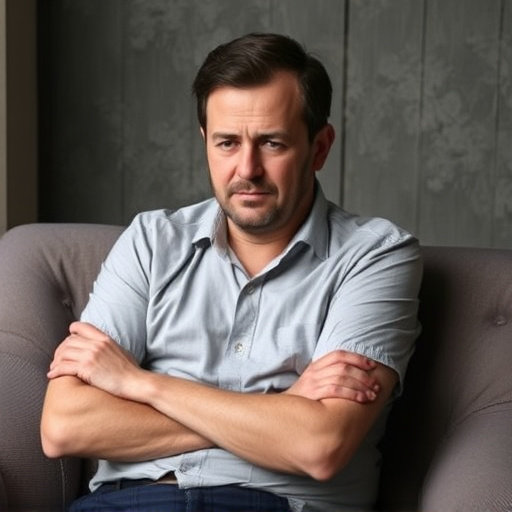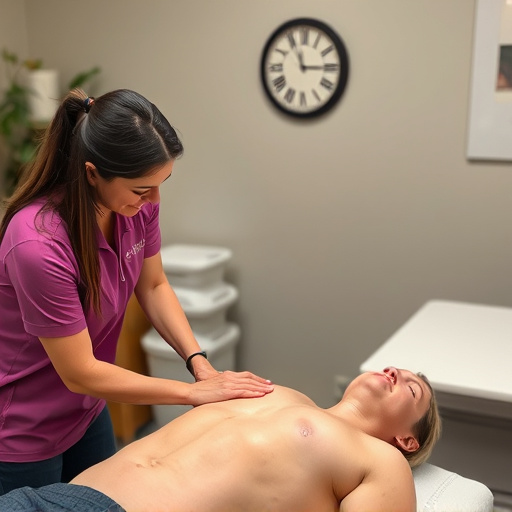Shockwave therapy, a non-invasive treatment using sound waves, accelerates healing of sports injuries like tendonitis and muscle soreness. Combined with physiotherapy, it targets deep pain points, restores function, and enables athletes to return to their active lifestyles safely. This integrated approach includes manual therapy, exercises, and education to optimize recovery, enhance mobility, strength, and prevent future injuries.
“Discover the innovative combination of shockwave therapy and physiotherapy for optimal recovery from sports injuries. This comprehensive guide explores how these powerful treatments can work synergistically, offering targeted pain relief and accelerated healing. Understanding shockwave therapy’s ability to stimulate tissue repair and physiotherapy’s role in strengthening and restoring mobility sets a new standard in athletic rehabilitation. Learn how integrating these approaches can help athletes regain performance and return to their sports faster.”
- Understanding Shockwave Therapy for Sports Injuries
- Physiotherapy: A Complementary Approach
- Integrating Treatments for Optimal Recovery
Understanding Shockwave Therapy for Sports Injuries
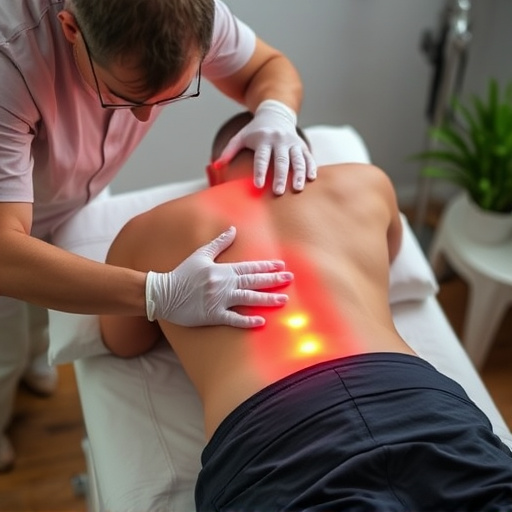
Shockwave therapy for sports injuries has emerged as a promising treatment option, particularly for conditions that involve soft tissue damage and chronic pain management. This non-invasive technique utilizes high-energy sound waves to stimulate healing and promote tissue regeneration. By accelerating the natural repair process, shockwave therapy can be an effective solution for athletes struggling with persistent injuries, such as tendonitis or delayed onset muscle soreness.
In the context of sports medicine, combining shockwave therapy with physiotherapy offers a comprehensive approach to auto accident recovery and spinal adjustments. Physiotherapists can guide patients through specific exercises and treatments tailored to their individual needs, while shockwave sessions target deep-tissue pain points. This integrated method not only addresses the symptoms but also aims to restore function and range of motion, ensuring athletes can return to their active lifestyles safely and effectively.
Physiotherapy: A Complementary Approach
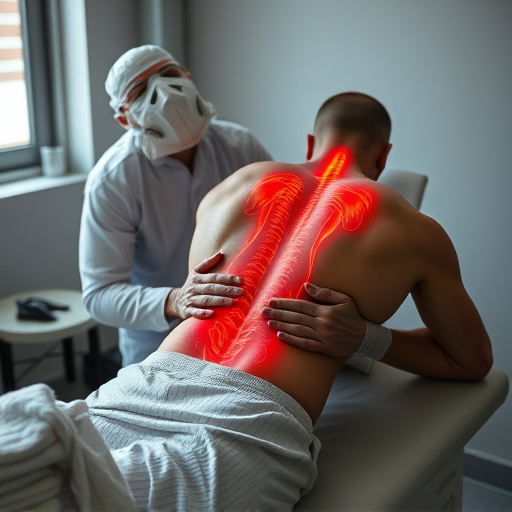
Physiotherapy plays a pivotal role as a complementary approach when treating shockwave sports injuries. This holistic treatment method focuses on restoring and improving physical function, reducing pain, and enhancing overall mobility. Physiotherapists employ various techniques such as manual therapy, including spinal adjustments, to alleviate discomfort and improve the patient’s range of motion. They also design tailored exercise programs for functional rehabilitation, ensuring athletes regain strength, flexibility, and stability.
In addition to these, physiotherapy offers non-invasive treatments like headache relief through specialized modalities, contributing to the comprehensive management of shockwave sports injuries. By combining advanced shockwave therapy with traditional physiotherapy techniques, healthcare professionals can provide effective care, aiding in faster recovery and a return to athletic activities for injured athletes.
Integrating Treatments for Optimal Recovery
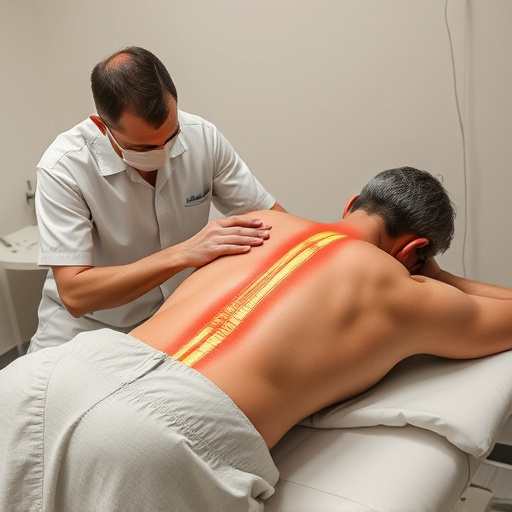
Integrating shockwave therapy with physiotherapy offers a powerful combination for optimal recovery from sports injuries. Shockwave sports injuries treatment utilizes focused sound waves to stimulate healing in damaged tissues, while physiotherapy focuses on manual therapy, exercises, and education to restore function and prevent future injuries. Combining these treatments allows healthcare professionals to address both the physical pain and underlying causes of an injury.
For example, a patient with a chronic tendinopathy might undergo shockwave therapy to accelerate tissue repair and reduce inflammation, alongside therapeutic exercises tailored by a physiotherapist to strengthen supporting muscles. This integrated approach can enhance overall recovery, improve mobility and strength, and decrease the risk of re-injury by correcting biomechanical imbalances often associated with sports injuries, including spinal adjustments as part of chiropractic treatment.
Shockwave therapy for sports injuries can be a powerful tool, but combining it with physiotherapy offers an even more comprehensive approach to recovery. By integrating these treatments, athletes can benefit from accelerated healing, improved tissue regeneration, and enhanced functional restoration. This combined method addresses the injury from multiple angles, ensuring optimal results for active individuals seeking relief from pain and striving to regain mobility. When considering shockwave sports injuries treatment, consulting with healthcare professionals who specialize in both shockwave therapy and physiotherapy is essential to determine the best course of action for individual needs.


